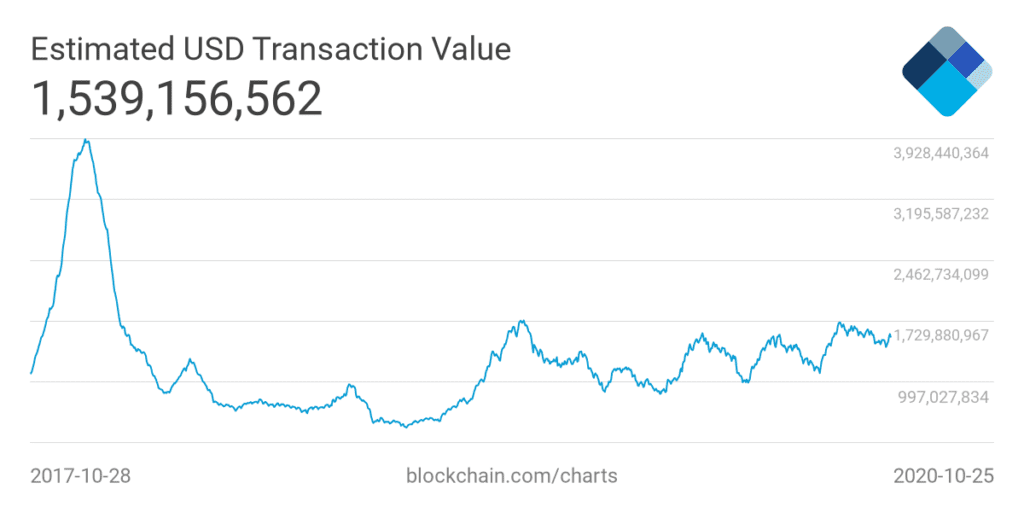

This is the destination address the funds were sent to. This is the outbound address the funds were sent from.

It is based on how your computer/device's location is configured. This is the time and date a transaction was first broadcasted to the network. For more about this, please see the article: Does Exodus have transaction fees to send or receive? Network fees are 100% paid to the network and Exodus does not keep any portion of this fee. For instance, if your transaction has been written successfully to the blockchain, the status will show as confirmed.ĭepending on the block explorer, this could either be the amount of an asset sent before or after deducting network fees.įor transactions to be processed on blockchain networks, outgoing transactions incur a network fee. Transaction statuses are used to track the state of transactions. It is often used to track and check the status of a transaction. The results will show the following:Ī transaction ID (aka transaction hash) is a unique identifier made up of a string of characters generated for every transaction broadcast. To query a blockchain about a particular transaction, enter the transaction ID into the search field. If your transaction has been broadcasted to the network, the results page will show you important details about the transaction. In order to read a transaction on a block explorer, it is important to understand the kind of information revealed in a query.Īll block explorers will have a search field that allows you to query specific information from transaction IDs (hashes) or addresses. How do I read a transaction on a block explorer? However, block explorers can also offer more technical real-time information such as block difficulty, block height, hash rate, transaction fees, transaction volume, and more. With a block explorer, you can also search your own address using the search field to see your personal transaction history, the current amount you hold of an asset, and other details. For instance, if you sent funds but they are not in the destination wallet, you can verify the status and recipient address of the transaction. The most common use of a block explorer is to check the status of incoming or outgoing transactions. As public records, the transactions that take place on them are transparent and open for all to see.īlock explorers are an essential part of this transparency as they allow us to find information on the blockchain. It allows anyone to explore current and historical data related to transactions, addresses, blocks, and more.īlockchains, such as those of Bitcoin and Ethereum, can be thought of as public ledgers for cryptocurrency transactions. What are some different block explorers?Ī block explorer is like a search engine for a blockchain.What should I do if everything looks normal on the blockchain?.Checking that the transaction is confirmed.Checking that the destination address is correct.I sent funds but they are not in the destination wallet - how do I check my transaction?.How do I read a transaction on a block explorer?.


 0 kommentar(er)
0 kommentar(er)
